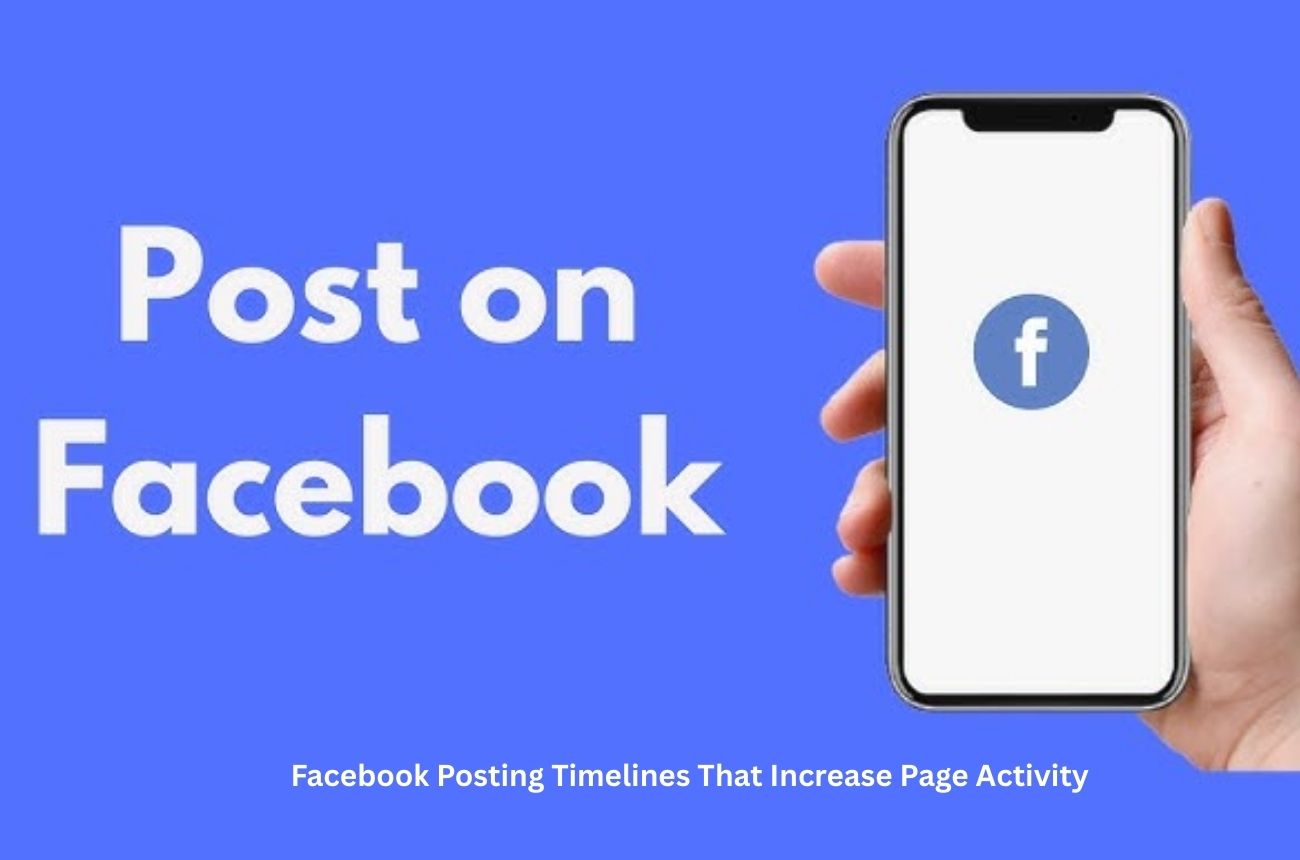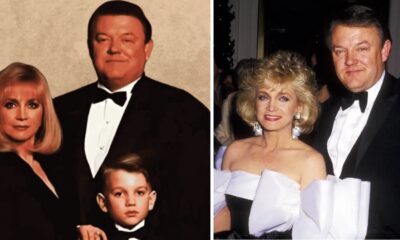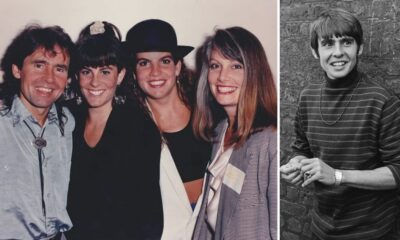Blog
Facebook Posting Timelines That Increase Page Activity

You know the struggle if you have spent some time managing a Facebook page. You spend time on the design of posts, captions, and perhaps even on short videos. You send them out, and hope people like, comment, or at least see. And then—silence. A couple of likes, perhaps a share, in case you are lucky. The reality is that there are times when the issue is not your content at all. It is when you write it up.
One of those shifty things that can kill or save your reach is timing on Facebook. And no, it is not a single so-called magic hour that suits all. A travel blogger will not be able to use the same strategies as a local cafe, and a cafe will not be able to use the same strategies as an online fitness coach. There are, however, some general rules and trends that can guide you to determine your own sweet spots.
So let us take this step by step in a very real life, not so perfect manner.
Why Timing Even Matters
Facebook has billions of users and their algorithm is quite brutal. It does not simply display all of your posts to all of your followers. It attempts to make guesses about what posts will be noticed and promotes them. Thus, when you post at a time that the majority of your audience is asleep or at work, you are dooming yourself to fail before you start.
Here is an analogy, think of it like this: You are throwing a party but you put out the invitations at 2 a.m., some night owls will see it, but most people will not. That is sort of what you get when you post randomly.
Know about thefriskytimes.co.uk
General “Best Times” That Work for Many
All right, you want some real figures. Studies (and yes, there is plenty of it around) indicate that such windows tend to perform well with many pages on Facebook:
- Morning hours (7 a.m. – 9 a.m.) – People check their phones right after waking up, maybe while commuting.
- Lunch break (12 p.m. – 1 p.m.) – Quick scroll during lunch.
- Evening (6 p.m. – 9 p.m.) – After work, people are relaxed, catching up on social media.
Now, here’s the thing. These are not rules carved in stone. They’re starting points. If your audience is mostly college students, late nights might work better. If you’re targeting working parents, mornings and evenings probably outperform lunchtime.
Consistency Beats Random Bursts
A lot of page owners get excited and post five times in one day, and then vanish for a week. That kind of inconsistency kills momentum. Facebook favors active pages and your followers also like predictability. Posting regularly is often more effective than irregular posting, even when the frequency is once a day.
Here’s a trick: don’t just look for “when” to post, but also how often. Daily is solid for most pages. Twice a day can work if you’re producing high-quality stuff. More than that? Unless you’re a news outlet or meme page, you risk annoying people.
Test Your Audience (Because They’re Unique)
This is where things get personal. Every page has a slightly different crowd. Facebook actually gives you some useful data in “Insights.” Check it out. It shows when your followers are online the most.
Use that info. Post at different times for a week or two, then compare. Which posts get more reach, more comments, more shares? That’s your roadmap.
And occasionally your instinct is right. When you know that your target audience is mainly night-shift workers, do not take the blanket recommendation of 9 a.m. and target them instead.
Seasonal and Weekly Changes
Another thing people forget: your audience’s routine changes depending on the day or even the season. For example:
- Weekdays vs Weekends: Weekends may be better for entertainment and lifestyle pages whereas weekdays may be better suited to professional or education pages.
- Holidays: Posting on Christmas Day? Probably not the best idea unless your content is holiday-related.
- Summer vs Winter: People spend more time outdoors in summer, less scrolling during the day. In winter, social media usage often spikes.
So, be flexible. The “best time” isn’t fixed forever.
Timing + Content = Real Engagement
Even if you post at the perfect time, boring content won’t save you. It is just timing that provides an opportunity, the post itself must do the work. Use powerful imagery, compose captions that sound like they are addressed to the audience (not to the company), and pose questions that will elicit responses.
To take an example, you are running a food page, and you put up a picture of a burger at 6 p.m. and the question to ask is, would you put pineapple on this? That kind of simple interaction can boost activity way more than just saying “Yummy burger for dinner tonight.”
Building a Loyal Audience
At the end of the day, posting at the right time is about more than reach. It’s about training your audience to come back. When people start expecting your posts around a certain time, it becomes a routine. That’s when your page shifts from being “just another one in the feed” to being something they look forward to.
That’s how you Build a Facebook audience that returns daily—by combining good timing, consistency, and content that feels alive.
Don’t Overthink It
Here’s a little secret: you don’t have to be perfect. You don’t need to stress if you missed the “best” posting time by an hour. Social media is messy, and human behaviour is unpredictable. The goal is not to hack the algorithm like a machine, but to learn your audience and adjust.
One week you might notice your 9 a.m. posts get good reach, the next week it’s your 7 p.m. ones. That’s normal. Trends shift. Habits change. Don’t obsess. Test, adjust, repeat.
Final Thoughts
Facebook posting timelines matter more than most people think. No universal answer, however. Start with the most common best times, which are mornings, lunch, evenings, then monitor your own audience and adjust. Be consistent, observe seasonal changes and make content exciting and entertaining.
Do that and you will not only get more active but also build something much more valuable: a loyal following. And if you’re serious about growing, tools and platforms out there can help you reach more people and Build a Facebook audience that returns daily.
-

 Celebrity9 months ago
Celebrity9 months agoWho Is Elizabeth Buckley Harrold O’Donnell? A Closer Look at Lawrence O’Donnell’s Family
-

 Celebrity8 months ago
Celebrity8 months agoWho Is Vera Davich? A Deep Dive into Her Life and Relationship with Scott Patterson
-

 Celebrity9 months ago
Celebrity9 months agoNathaniel Mandrell Dudney: Insights into Barbara Mandrell’s Family Life
-

 Celebrity9 months ago
Celebrity9 months agoTalia Elizabeth Jones: Exploring Her Connection to Davy Jones
















